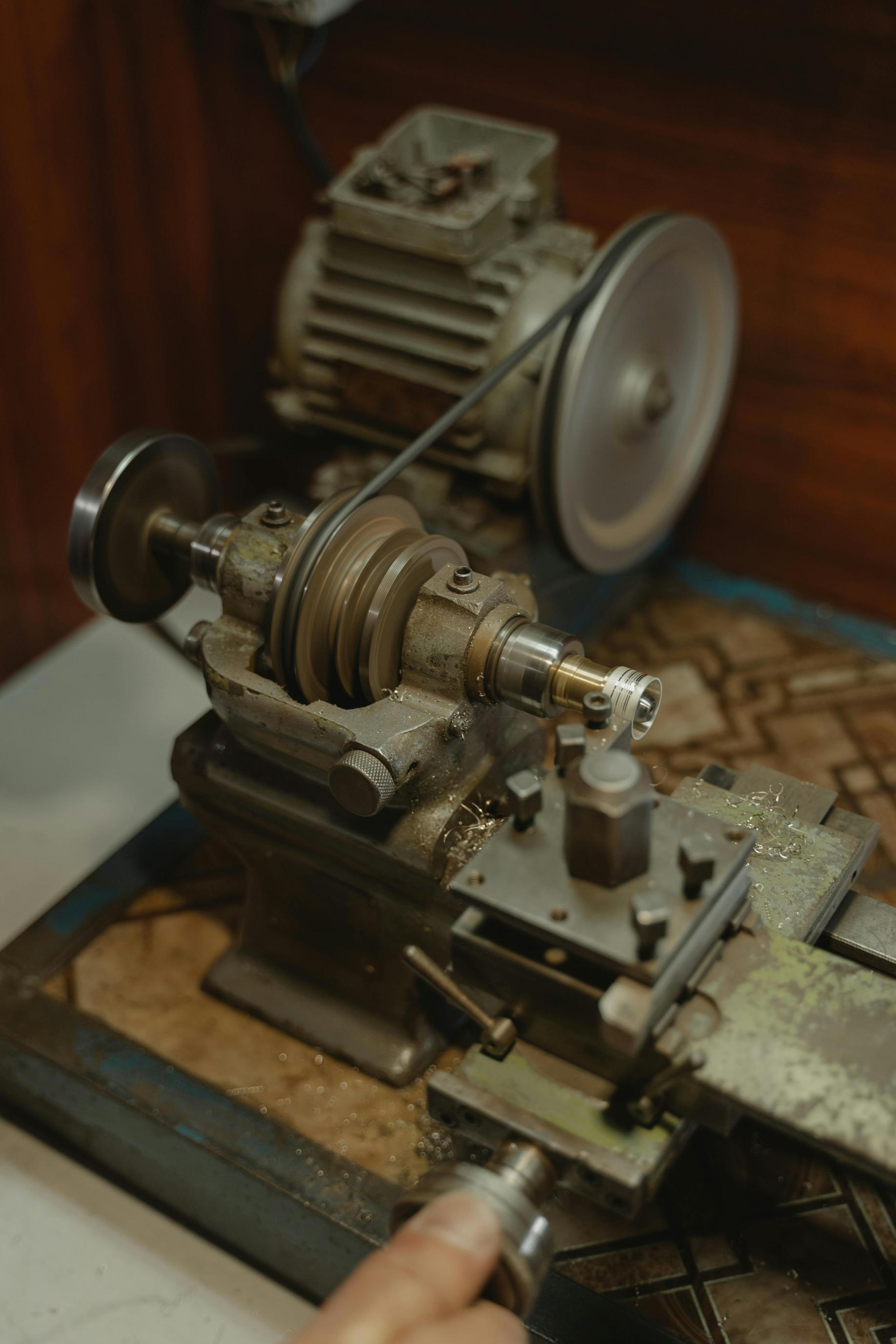Introduction
Transforming a wedding ring into a pendant offers a fresh way to cherish longstanding memories. Whether it’s for a new look, keeping sentimental value close to your heart, or simply a way to repurpose a ring that no longer fits, turning a wedding ring into a pendant is a beautiful and meaningful option. This comprehensive guide will outline why you might want to make this transformation, explore design ideas, and walk you through the steps to ensure you end up with a piece you’ll cherish forever.

Why Transform a Wedding Ring into a Pendant?
The reasons for turning a wedding ring into a pendant can be as varied as the rings themselves. For many, it’s a matter of preserving the sentimental value of a ring that no longer fits comfortably on the finger. As life progresses, finger sizes can change due to a variety of reasons, making it uncomfortable or even impossible to wear the ring.
Moreover, some may have inherited a wedding ring that doesn’t match their style or preferences. Transforming it into a pendant allows them to keep a precious heirloom close while making it a piece they can proudly display. Additionally, creating a pendant offers a unique opportunity to blend older sentimental jewelry with modern design, thus creating a timeless piece.
Design Ideas and Inspirations
Once you’ve decided to transform your wedding ring into a pendant, the next step is to explore design ideas that resonate with you.
-
Simple and Elegant: Maintaining the integrity of the original ring by adding a chain can be the simplest transformation. This option is ideal for those who wish to retain the original look without any major modifications.
-
Gemstone Addition: Enhancing the ring with additional gemstones can create a stunning centerpiece. For instance, surrounding the original diamond or incorporating birthstones can add a personal touch.
-
Mixed Metals: If your wedding ring is a simple band, consider pairing it with different metal elements for a modern twist. Rose gold accents around a platinum ring can bring a contemporary feel to an otherwise classic look.
-
Engraved or Embossed Designs: Custom engraving or embossing on the pendant can add a layer of personalization. Whether it’s initials, dates, or a short message, these details can make the piece uniquely yours.

Choosing the Right Jeweler
Selecting the right jeweler to handle the transformation is crucial. Not all jewelers specialize in custom transformations, so it’s important to do some research.
-
Look for Custom Design Experience: Choose a jeweler experienced in custom designs and transformations. Their portfolio should showcase similar projects they’ve completed.
-
Customer Reviews and Testimonials: Browse online reviews and ask for testimonials. Previous clients’ feedback can offer insights into the jeweler’s craftsmanship and customer service.
-
Consultation Services: Opt for jewelers who offer detailed consultation services. A good jeweler will take the time to understand your vision, provide design suggestions, and possibly create a sketch or digital render before proceeding.
Working with a trusted jeweler ensures that your wedding ring will be turned into a pendant that meets your expectations and stands the test of time.
The Transformation Process
Understanding the transformation process will give you confidence in your decision. Here’s a step-by-step look at what typically happens:
-
Initial Consultation: This is where you discuss your vision with the jeweler, who may sketch out a few ideas based on your preferences.
-
Design Approval: Once you and the jeweler settle on a design, you’ll approve a final sketch or digital rendering. This step might involve some modifications to ensure the finished piece is exactly what you want.
-
Material Selection: If additional materials (like gemstones or new metal elements) are needed, this is the stage where they are selected.
-
Disassembly of the Ring: The jeweler carefully disassembles the wedding ring, preserving the integrity of the original materials.
-
Crafting the Pendant: Using the approved design and the disassembled ring, the jeweler crafts the new pendant. This stage may also include setting additional stones or engraving.
-
Quality Check and Finishing: Before handing over the completed pendant, the jeweler performs quality checks to ensure everything is perfect. Any final polishing or adjustments are made here.
Personalizing Your Pendant
Personalization is one of the most exciting parts of turning a wedding ring into a pendant. Here are some ideas to make your piece uniquely yours:
-
Engraving: Add a meaningful engraving. Whether it’s a significant date, initials, or a short phrase, engraving adds a personal touch.
-
Custom Chain Options: Select a chain that complements the pendant. Options range from delicate necklaces to more substantial chains.
-
Gemstone Accents: Incorporate birthstones, anniversary stones, or other gems that hold personal significance. This can also be a way to include family members in the design.
-
Symbolic Designs: Opt for designs that hold personal significance. This could be a particular shape, symbol, or motif that resonates with you.
Caring for Your New Pendant
To keep your new pendant looking its best, follow these care tips:
-
Regular Cleaning: Gently clean your pendant using a soft cloth and mild soapy water. Avoid harsh chemicals that could damage the metal or gemstones.
-
Storage: Store the pendant in a soft-lined jewelry box or pouch separately from other jewelry to prevent scratches.
-
Professional Maintenance: Regular visits to a jeweler for professional cleaning and inspection ensure that the pendant stays in excellent condition. They can check for any signs of wear and secure loose settings.
-
Avoiding Damage: Remove the pendant before engaging in activities that could expose it to damage, such as swimming, gardening, or heavy lifting.

Showcasing Your Pendant
A beautifully transformed wedding ring deserves to be showcased. Opt for a chain that enhances its beauty or wear it as part of a layered necklace look. You can even display it in a shadow box with a sentimental note or photo when not wearing it.
Publicly sharing your pendant’s transformation story on social media platforms can also make it a cherished talking point among friends and followers.
Conclusion
Turning a wedding ring into a pendant is more than a simple transformation; it’s an emotional journey that breathes new life into a cherished piece of jewelry. By choosing the right design, working with an experienced jeweler, and adding personalized touches, you create a meaningful piece that holds sentimental value and fits your current style. With proper care and thoughtful showcasing, your new pendant can continue to bring joy and memories for years to come.
Frequently Asked Questions
How long does it take to turn a wedding ring into a pendant?
The timeframe varies based on the complexity of the design and the jeweler’s schedule. On average, it can take from a few weeks to a couple of months.
Can any wedding ring be turned into a pendant?
Generally, yes. However, the condition and material of the ring can affect how easily it can be transformed. Consulting with a jeweler can give you specific insights.
What should I consider when selecting a design?
Consider your personal style, the sentimental value of elements in the ring, and how often you plan to wear the pendant. Choose a design that reflects your taste and keeps the sentimental value intact.
